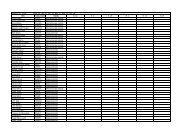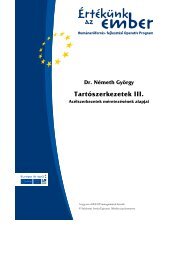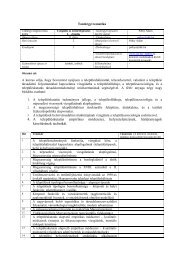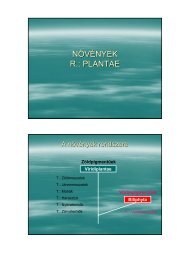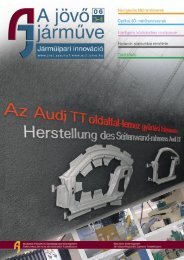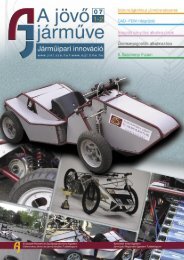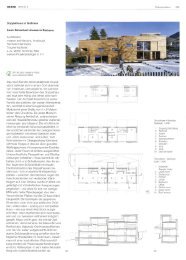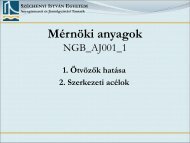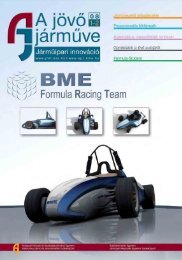Environmental Kuznets curves—real progress or passing the buck ...
Environmental Kuznets curves—real progress or passing the buck ...
Environmental Kuznets curves—real progress or passing the buck ...
You also want an ePaper? Increase the reach of your titles
YUMPU automatically turns print PDFs into web optimized ePapers that Google loves.
D.S. Rothman / Ecological Economics 25 (1998) 177–194 181<br />
Fig. 2. GDP by Sect<strong>or</strong> 1993 (W<strong>or</strong>ld Resources Institute, 1996).<br />
1994; Grossman, 1995; Suri and Chapman, 1996).<br />
Most of <strong>the</strong>se have concluded that <strong>the</strong>re has been<br />
a decline in environmental degradation over time,<br />
as expected. On <strong>the</strong> o<strong>the</strong>r hand, Grossman and<br />
Krueger (1994) find an increasing trend f<strong>or</strong> urban<br />
particulate matter and a number of water pollutants,<br />
Shafik and Bandyopadhyay (1992) see one<br />
f<strong>or</strong> fecal colif<strong>or</strong>m concentrations in water, and<br />
Cropper and Griffiths (1994) get mixed results<br />
looking at def<strong>or</strong>estation rates. Grossman and<br />
Krueger (1992) do discuss changing composition,<br />
but look at this principally in a separate discussion<br />
of international trade, arguing that <strong>the</strong> data<br />
do not supp<strong>or</strong>t <strong>the</strong> hypo<strong>the</strong>sis that differences in<br />
environmental regulation are an imp<strong>or</strong>tant determinant<br />
of trade patterns. (A broader review of <strong>the</strong><br />
trade literature suggests that this conclusion is not<br />
accepted as a rule, however (Low, 1992; Folke et<br />
al., 1994; OECD, 1994). Due to its imp<strong>or</strong>tance,<br />
this issue is returned to in m<strong>or</strong>e depth later in this<br />
paper.)<br />
Selden et al. (1996) and (de Bruyn, 1997)<br />
provide notable exceptions in <strong>the</strong>ir decomposition<br />
of observed changes in aggregate and per capita<br />
emissions. Using data f<strong>or</strong> a number of air pollutants<br />
in <strong>the</strong> US, and going beyond Grossman and<br />
Krueger, Selden et al. (1996) fur<strong>the</strong>r decompose<br />
<strong>the</strong> technique effect into energy efficiency, energy<br />
mix and o<strong>the</strong>r technique effects, i.e. changes in<br />
emissions per unit output. They conclude that <strong>the</strong><br />
greatest effects have come from <strong>the</strong> technique<br />
effect, particularly <strong>the</strong> o<strong>the</strong>r technique effect.<br />
Changes in sect<strong>or</strong>al composition have also had a<br />
noticeable effect, however, especially f<strong>or</strong> particulate<br />
matter and sulfur oxides. de Bruyn (1997)<br />
examines sulfur dioxide emissions in The Ne<strong>the</strong>rlands<br />
and Western Germany. He also concludes<br />
that shifts in technology have been dominant in<br />
explaining changes in <strong>the</strong>se emissions.<br />
3.2. The consumption-based approach<br />
Ehrlich and Holdren (1971), Holdren and<br />
Ehrlich (1974) introduced <strong>the</strong> I=PAT identity<br />
(commonly referred to as <strong>the</strong> Ehrlich equation),<br />
m<strong>or</strong>e than a quarter of a century ago. This iden-





